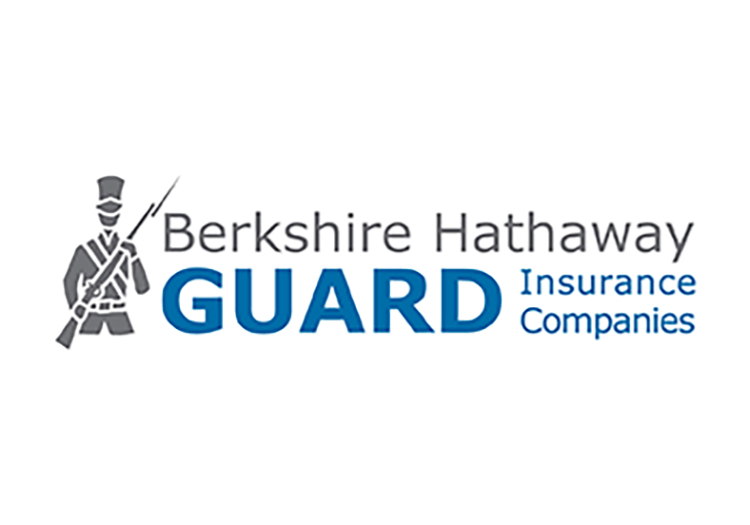Column: Risk Management
Whose Risk Prevails?
When I relay the upcoming story, I fear some of you may think less of me. I am curious however to discover what readers think. So please do write me with your thoughts.
I was on an early morning flight. All the passengers were boarded and settling in for a long flight. The head flight attendant came on the intercom with the usual pre-flight announcements and routine housekeeping information.
At closing, he had one last announcement. He told us that one of the 180 passengers had a peanut allergy and asked that we dispose of any peanut products that we had.
He proceeded to come around to every seat with a garbage bag waiting for us to throw things out.
I was a bit stunned. I had grabbed a morning coffee and muffin just minutes prior.
Was I supposed to throw away my quick breakfast?
Did my Chapstick have peanut oil traces? My face powder? My hand cream? My snack-size bag of almonds?
With the resurgence of measles and other previously controlled or vanquished infectious diseases, should we mix vaccinated children with non-vaccinated children in classrooms? Whose risk prevails?
In the end, I handed nothing to the attendant. I confess I felt a bit off afterwards and it made me think.
Was I to dispose of things that I needed and use every day?
Moreover, was the risk faced by one enough to override and create inconvenience, discomfort or loss to 179? Was this risk management effort a bit too heavy- handed?
This situation somehow reminded me of grade school — when naughty Billy got caught chewing gum in class, the teacher took all of our gum away. Even as a child I never understood the logic.
But the question remains, in situations like that, whose risk should been managed? Whose risk prevails? Whose rights are more important?
Is there a rule of thumb that can guide us as to which risk should override the other?
When faced with such a quandary, I always feel it is best to re-group and go back to basic principles and intention of good risk management — ensuring goal delivery and protection.
So, in this case, if the airline set a goal to ensure all passengers experienced a safe and comfortable flight, I suspect the peanut-snatching approach gave discomfort to many and hence undermined that goal.
But if the airline set a goal to ensure “14B with the peanut allergy” had a peanut-free, safe and comfortable flight, the risk management measures were appropriate.
This situation made me further think of our new socio-medical dilemma that’s brewing.
With the resurgence of measles and other previously controlled or vanquished infectious diseases, should we mix vaccinated children with non-vaccinated children in classrooms? Whose risk prevails?
Whose rights are more important — the risk borne by the few unvaccinated children, or that of the whole class?
Parents who choose not to vaccinate argue that it is their right not to vaccinate. But their decision can make their child a potential source of infection, endangering their community and cause the potential return of vaccine-preventable diseases.
Is it incumbent on parents of vaccinated children to accommodate non-vaccinators?
I recognize that a well-functioning society requires us to routinely recalibrate our competing interests and risks.
But I also feel that we can’t lose sight of the rudimentary risk management principles of goal protection and assurance.
What goal as a society are we trying to protect? The welfare of one or of the many?
Let’s hear it from the peanut gallery.










